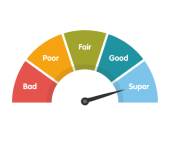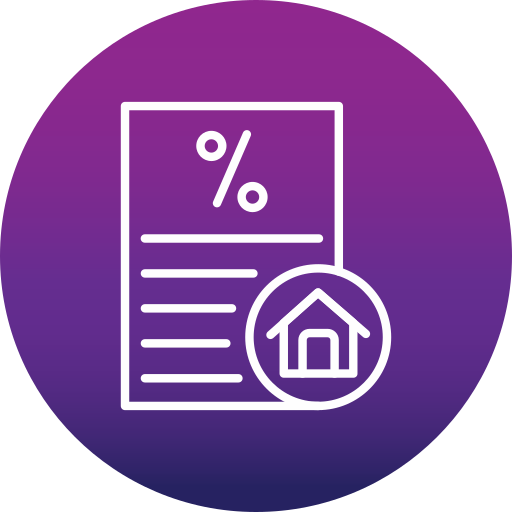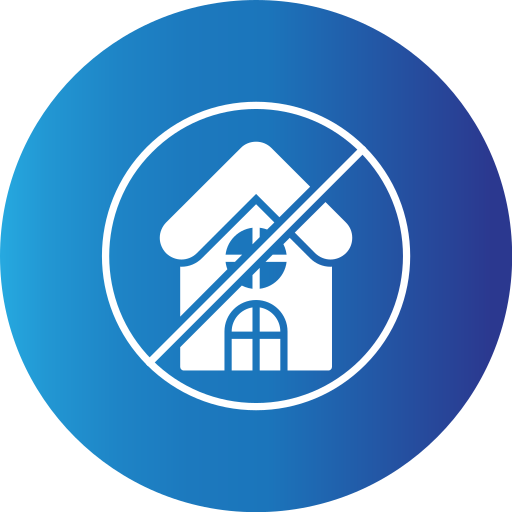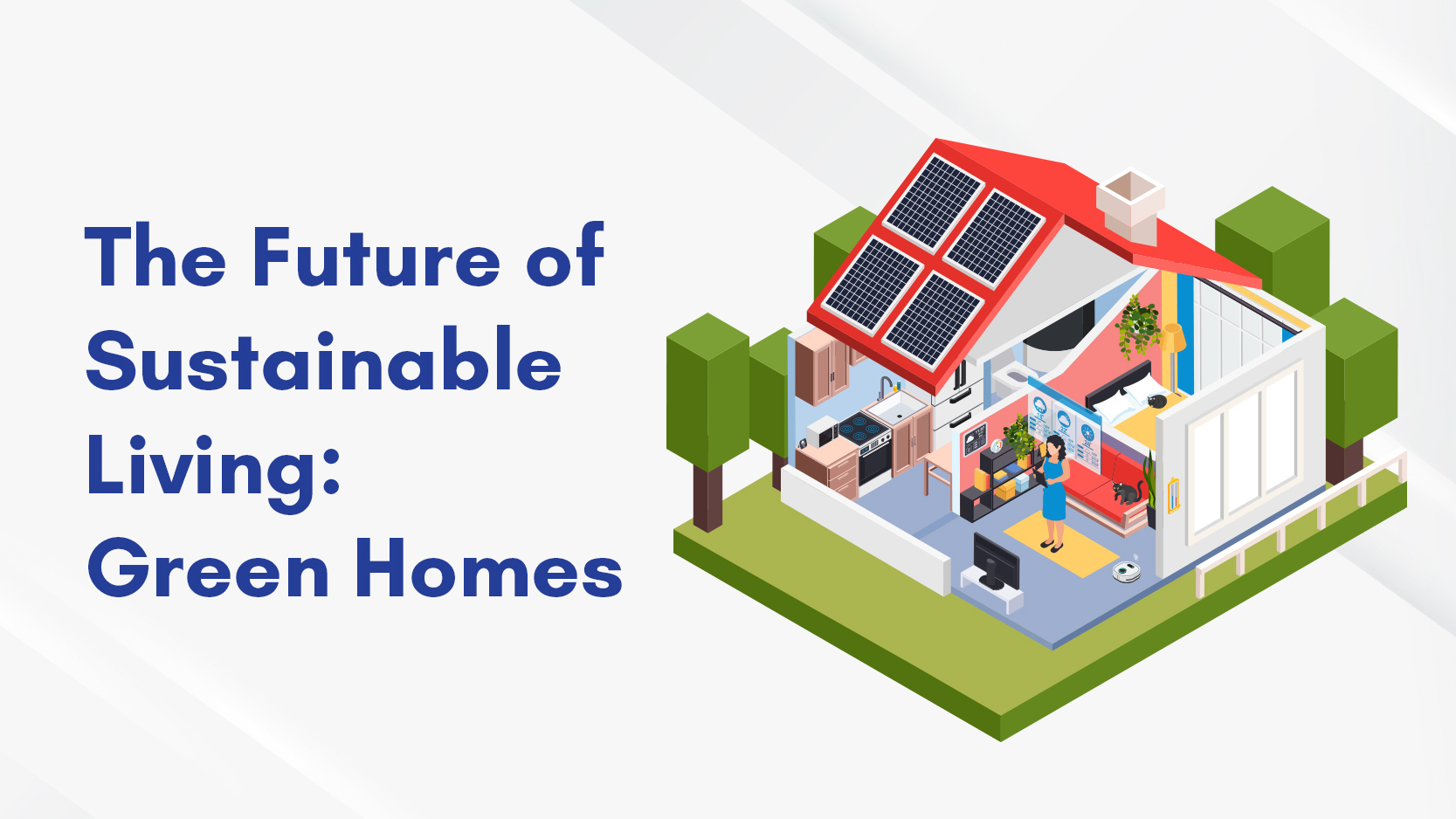Special Offers




Special Offers




22-Jun-2024 | Green Home

In an era where environmental concerns loom large and climate change threatens our planet's delicate balance, the concept of sustainable living has become more than just a trend; it's a necessity. One of the cornerstones of sustainable living is the idea of green home – residences designed and built with environmental responsibility in mind. These homes prioritise energy efficiency, utilise renewable resources, and minimise their overall impact on the environment. As we look to the future, the evolution of green homes will play a pivotal role in shaping how we live, interact with our surroundings, and mitigate the challenges posed by climate change.
Addressing climate change: Sustainable living practices aim to reduce greenhouse gas emissions, which contribute to global warming and climate change. By adopting green homes, individuals can minimise their carbon footprint.
Reducing carbon footprint: Green homes utilise energy-efficient systems and renewable resources, resulting in lower carbon emissions compared to conventional homes.
Preserving natural resources: Sustainable living involves using resources efficiently and minimising waste to protect ecosystems and biodiversity.
Promoting healthier lifestyles: Green homes often feature improved indoor air quality, natural lighting, and access to green spaces, contributing to the well-being of residents.
From passive solar design to net-zero energy buildings: Green homes have evolved from incorporating passive solar design principles to achieving net-zero energy consumption through advanced technologies.
Emphasis on energy-efficient appliances and insulation: Energy-efficient appliances and measures like low-flow taps, dual flush tanks, high efficiency ceiling fans, and many more help minimise energy consumption and improve the overall performance of green homes.
Incorporation of sustainable building materials: Green homes utilise eco-friendly materials such as fly ash bricks and reflective paint to reduce environmental impact.
Low-emission paints and finishes: Low-VOC (volatile organic compound) paints and finishes improve indoor air quality by emitting fewer harmful chemicals.
Solar panels and photovoltaic systems: Solar energy systems capture sunlight and convert it into electricity, reducing reliance on traditional energy sources.
Energy-efficient lighting and appliances: LED lighting and ENERGY STAR-rated appliances help minimise energy use and lower utility bills in green homes.
Monitoring systems for water and energy usage: Real-time monitoring allows homeowners to track their water and energy consumption, identify inefficiencies, and make informed decisions to reduce waste.
Sustainable urban planning and design: Green building practices extend beyond individual homes to include sustainable urban planning, incorporating features like walkable neighbourhoods, public transportation, and green infrastructure.
Mixed-use developments to reduce transportation needs: By integrating residential, commercial, and recreational spaces within walkable or bikeable distances, mixed-use developments reduce the need for car travel and promote community interaction.
Community gardens and green spaces: Access to communal gardens and green spaces in urban areas enhances quality of life, promotes biodiversity, and mitigates the urban heat island effect.
Resilient infrastructure to withstand climate-related challenges: Green homes and sustainable communities are designed to withstand extreme weather events and other climate-related challenges, increasing resilience and reducing vulnerability.
Life cycle assessment of green homes: Evaluating the environmental impact of green homes involves considering factors such as energy consumption, resource extraction, manufacturing processes, transportation, and end-of-life disposal.
Carbon-neutral construction practices: Green building standards prioritise carbon-neutral or carbon-negative construction practices, offsetting emissions through measures like tree planting, carbon sequestration, or renewable energy generation.
Reduction of embodied carbon in building materials: Minimising the embodied carbon in building materials by choosing low-impact materials and optimising construction techniques helps reduce the overall carbon footprint of green homes.
Strategies for waste reduction and recycling: Green building practices aim to minimise construction waste and maximise recycling and reuse of materials, diverting waste from landfills and conserving resources.
As we venture into the future, green homes will continue to evolve and innovate, driving the transition towards a more sustainable way of living. By embracing eco-friendly practices, investing in renewable energy, and prioritising environmental stewardship, we can create a world where our homes not only provide shelter but also contribute to the health and well-being of our planet. The future of sustainable living starts at home, and green homes are leading the way towards a brighter, more resilient future for generations to come.